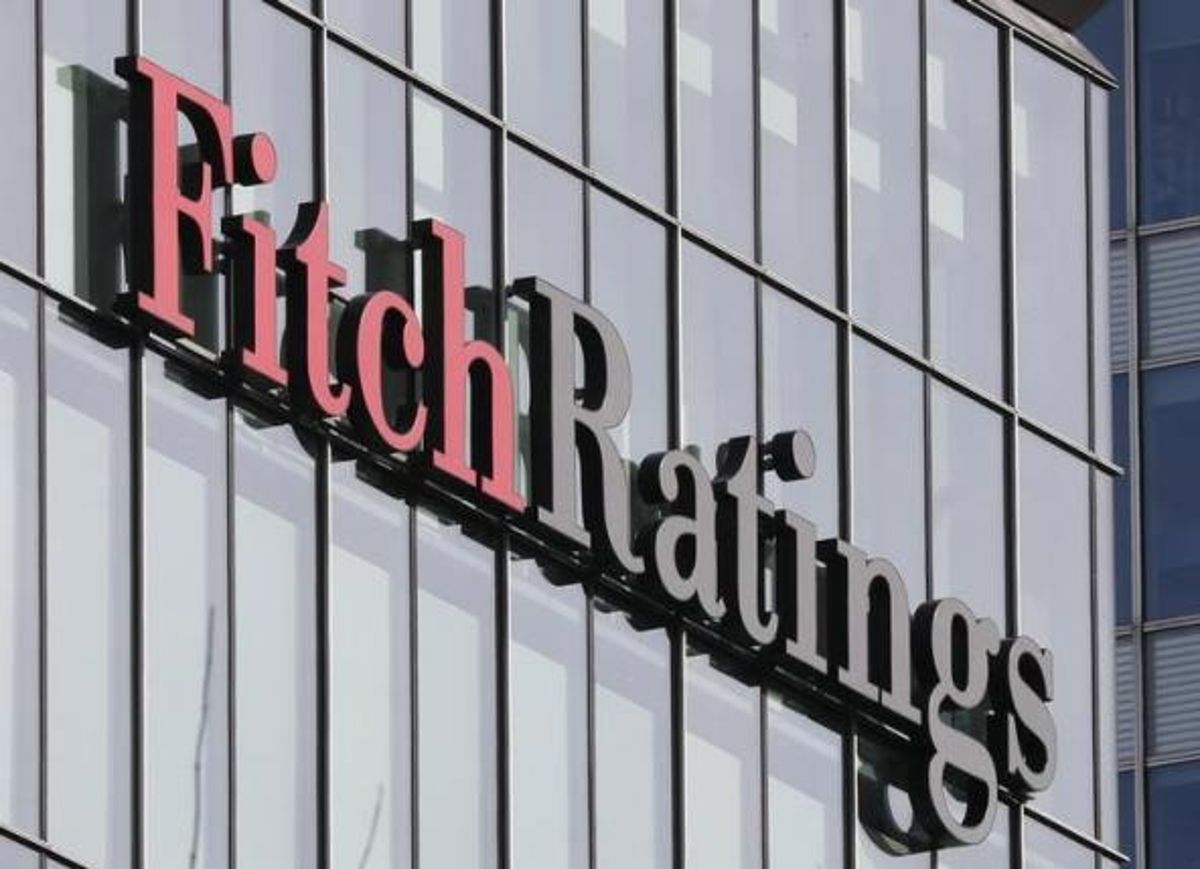
The IDRs are driven by the banks' respective standalone creditworthiness, as expressed by the 'ccc' Viability Ratings (VRs). The VRs reflect weak asset quality, limited additional loss absorption capacity and modest core profitability that makes the banks' credit profiles highly vulnerable to further recognition of asset impairment, according to Fitch.
The VRs also consider the banks' relatively stable regulatory capital levels compared to direct peers - given moderate additional provisioning requirements so far identified in the sector asset quality review - and funding profiles. The latter is due to reduced deposit volatility as the exchange rate stabilized somewhat since 1Q15.
Read alsoFitch upgrades 7 Ukrainian banks on sovereign rating changeBoth banks' Support Rating Floors of 'No Floor' and Support Rating of '5' reflect Fitch's view that support cannot be relied on due to the Ukrainian authorities' limited financial flexibility to provide extraordinary support to banks, the two banks' private ownership and, in the case of PB, its limited systemic importance. Potential support from the shareholders, while possible, is also not factored into the ratings, as its probability cannot be reliably assessed.
The banks' VRs and IDRs could be downgraded if further deterioration in asset quality results in capital erosion, without sufficient support being provided by the shareholders, or if deposit outflows sharply erode banks' liquidity, in particular in foreign currency.
Further stabilization of the country's economic prospects, combined with an improvement of banks' loss absorption capacity, would reduce downward pressure on ratings. However, an upgrade of either of the banks would probably require a significant strengthening of asset quality.

